Scientists Are Growing Animals In Space
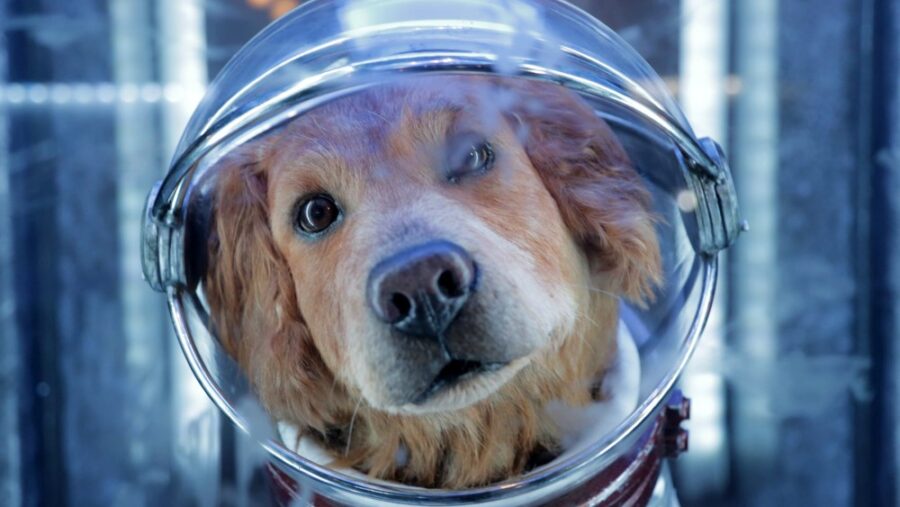
Science Alert has an answer to the one question that we’ve all been asking ourselves: “can mouse embryos survive in space?” Okay, so we haven’t all been asking ourselves this specific question, but the idea of humans giving birth in space when we eventually make efforts to colonize planets like Mars needs to be fully understood. By starting with mouse embryos, researchers have been able to make themselves aware of any developmental issues that could present themselves through long-term space travel.
Scientists Successfully Created Mice Embryos Aboard The International Space Station
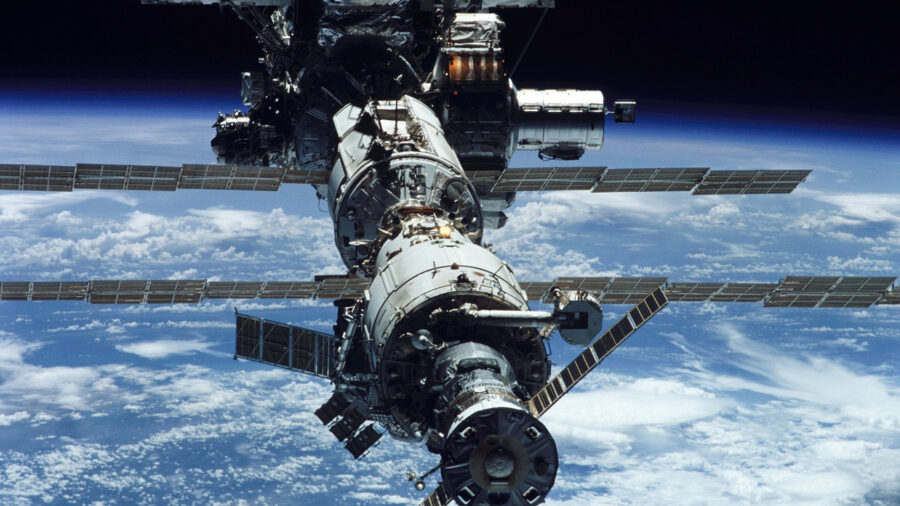
If establishing Mars colonies over the next several decades is part of humanity’s plan to continue propagating the species in spacecraft or on other celestial surfaces, then we need to know what kind of risks are involved.
Past studies that date as far back as 2009 tell us that developing mouse embryos in low gravity conditions has proven successful, but not all the time during critical developmental stages. In a more recent study that took place on the International Space Station (ISS), scientists were able to test their theories out 250 miles above Earth’s surface.
While Survival Rate Remains Low, The Results Are Promising
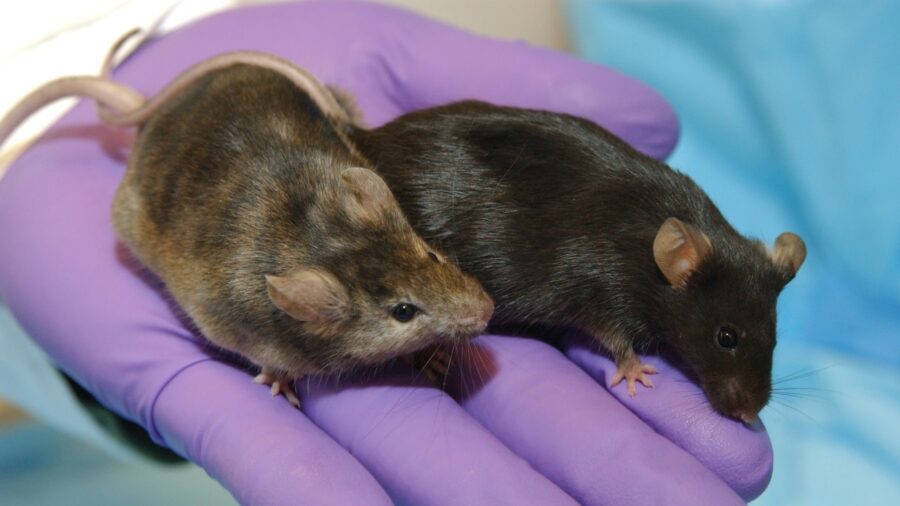
What we learned from the study is that mouse embryos fertilized under these conditions can be grown in space, but have a much lower survival rate than the control group that was fertilized on Earth. The main takeaway from this research that was conducted in 2021 was that although mouse embryos grown in space had a lower survival rate in the early embryonic stages, those that did survive developed normally up to the blastocyst stage.
But early development in microgravity is just one piece of the puzzle that needs to be solved, as the experiment didn’t control for the alarming amount of radiation found in space, which also needs to be considered.
Gravity Did Not Seem To Effect Growth
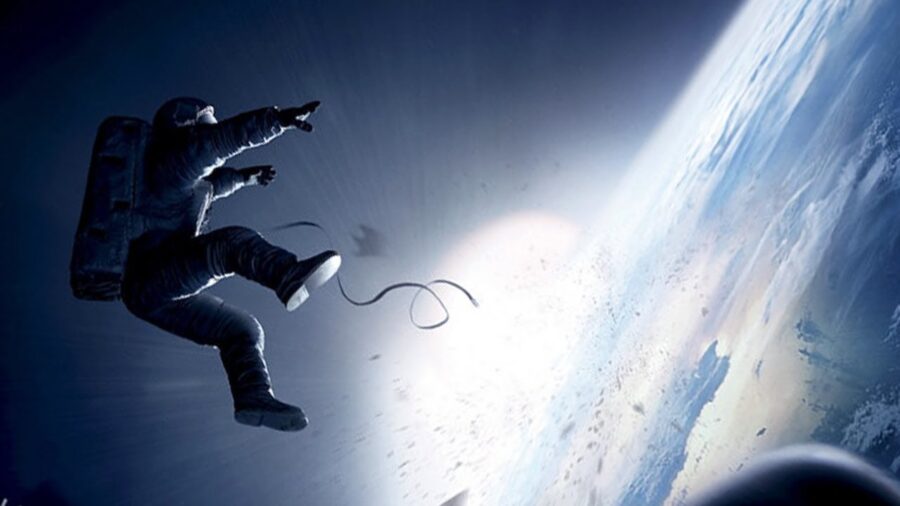
In other words, we still have a long way to go to before we fully understand how successfully mammals can reproduce in space. The research is promising, however, as scientists have demonstrated that gravity didn’t have a significant effect on the blastocyst formation of mouse embryos. We still need to consider what obstacles we’ll run into during later development stages than the ones presented in the study.
There Remains To Be Hurdles In The Study
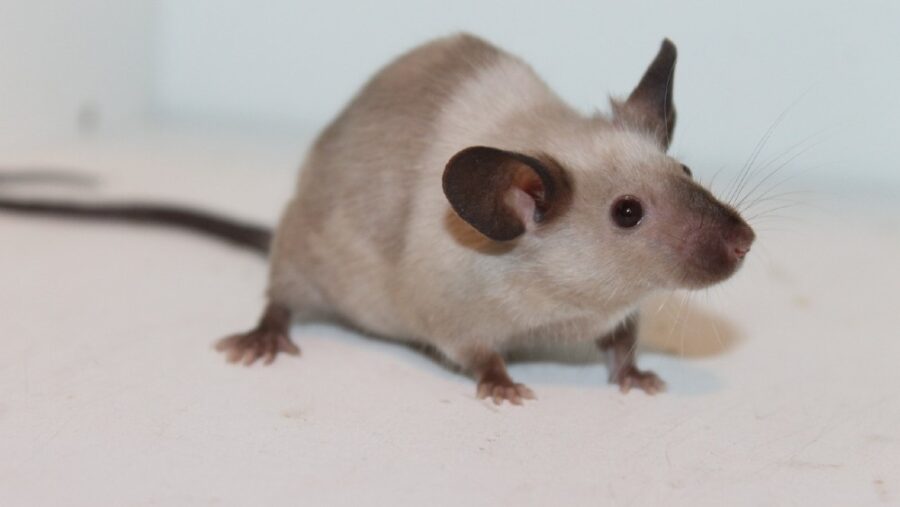
One such obstacle that was realized while the research was conducted involves vestibular development (balance), which can be significantly hindered while gestating in space. Another issue to consider is the development of fetal musculoskeletal development in microgravity. Though we’ve proven that it’s sometimes possible for mouse embryos to reach certain developmental phases, we’re not entirely certain that there won’t be future health complications for a mouse embryo that is brought to term.
Are Human Embryos Next?
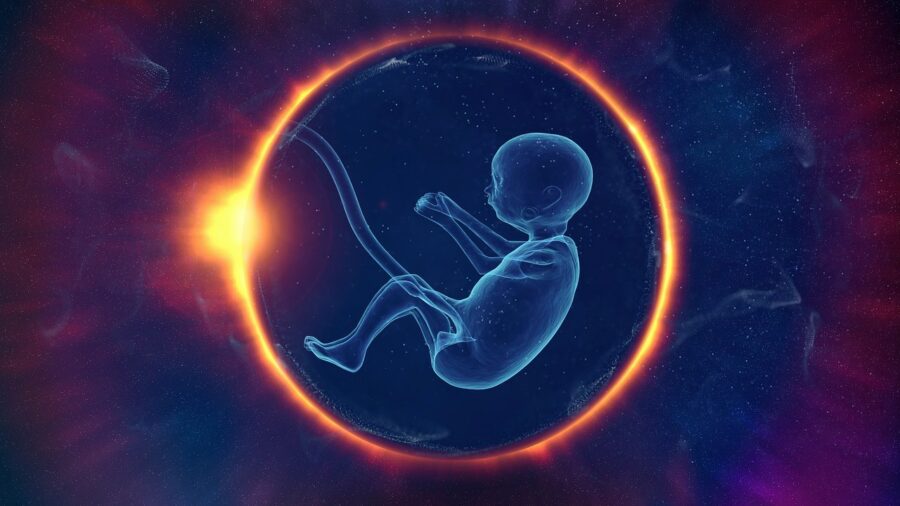
It’s safe to say that although studying mouse embryos in space is critical to our understanding of mammalian development in low-gravity environments, we can’t confidently say that the same thing will happen with human embryos. Until we can learn more about in-utero development, there’s still a lot of work that needs to be done before we can even consider human trials.
But still, studying mouse embryos is the next step humanity needs to take if we want to eventually colonize planets like Mars. It remains to be seen whether a human pregnancy in space can be brought to full term, but despite the current roadblocks, we’re heading in the right direction.










